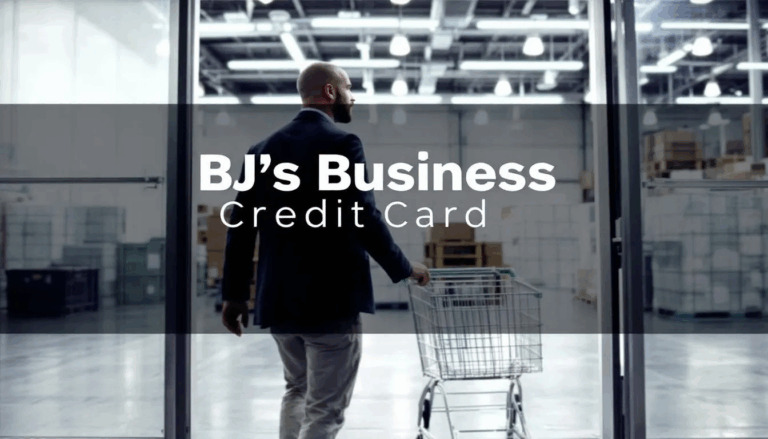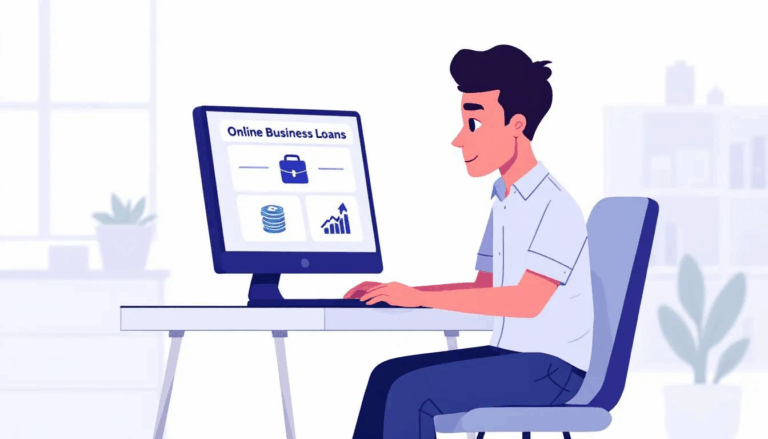What is a SIC Code?
A company’s Standard Industrial Classification (SIC) code is a four-digit code that identifies a company’s industry and the specific subcategories within that industry. The government created the SIC system in 1937 to standardize data collection when classifying business establishments.
Government agencies like the Department of Labor, the Chamber of Commerce, and the Census Bureau wanted a way to track and report industry trends. All companies have a SIC code that categorizes their business activities, especially when filing reports to the SEC. The SIC system classifies the economy into 11 major divisions. This allows the SEC to assign review responsibility based on the industry group for required company filings.
The SIC code system consists of eleven top-level categories. The first two numbers in the code identify the industry for the business. The last two digits drill down to the specific areas within that industry.
The SIC code system consists of eleven top-level categories. The first two digits of the SIC code identify the major separate industry group. The last two digits drill down to the specific areas within that industry. The fourth digit of a SIC code is the most specific identifier of a company. Some private companies have created proprietary SIC coding systems that extend to six, seven, or eight digits.
For example, SIC codes beginning with 01 are agricultural crop production farm businesses. If the farm happens to grow soybeans, then its complete SIC code is 0116. Another example is in the real estate industry group. 6512 indicates Operators of Nonresidential Buildings, while 6513 indicates Operators of Apartment Buildings.
The eleven broad industrial categories include:
- Agricultural, forestry, and fishing.
- Mining.
- Construction.
- Manufacturing.
- Transportation and public utilities.
- Wholesale trade.
- Retail trade
- Finance, insurance, and real estate.
- Services.
- Public Administration
- Non-classifiable establishments
What is a NAICS Code?
In 1997, the North American Free Trade Agreement (NAFTA) between the United States, Mexico, and Canada prompted the need to expand beyond SIC codes. The North American Industry Classification System (NAICS) replaced the SIC code system. NAICS codes also emerged to help federal statistical agencies classify new and emerging industries.
The US Census Bureau discontinued the use of SIC Codes in 1987. NAICS codes replaced the SIC system for the most part in 1997. Despite NAICS codes essentially replacing SIC, many businesses and some government agencies, such as the SEC, still use SIC codes. Many companies have both a SIC and NAICS code. The Occupational Safety and Health Administration (OSHA) primarily uses NAICS codes, but maintains a database of SIC codes.
Assigning NAICS codes is based on the industry and subsector of a business. NAICS codes are six digits and operate similarly to SIC codes but with additional detail. The classification system breaks down:
- The first two digits identify the sector.
- The third digit identifies the subsector.
- The fourth digit identifies the industry title group.
- The fifth digit identifies the NAICS industry.
- The sixth digit is the National code for that industry.
Understanding the SIC Code System
SIC Codes are industry classification codes based on a company’s primary line of business. The Standard Industrial Classification (SIC) code system is a cornerstone of business categorization. It is designed to streamline the classification and analysis of economic activities. Established by the US government in 1937, the SIC code system has been instrumental in organizing industries for various government agencies and economic studies. SIC Codes can be used in due diligence processes for B2B relationships.
The SIC code system is structured into four-digit numerical codes, each digit providing a deeper level of specificity about the industry. The first two digits identify the major industry group, the third digit narrows it down to the industry group, and the fourth digit pinpoints the specific industry. For instance, the SIC code 3571 is a perfect example of this hierarchical structure. The first two digits (35) denote the major industry group Industrial and Commercial Machinery and Computer Equipment. The third digit (7) refines this to Computer and Office Equipment, and the fourth digit (1) specifies electronic computers.
This systematic approach allows for a detailed and organized classification, making it easier for businesses and government agencies to communicate and analyze industry-specific data.
How do I find my SIC Code?
The US Department of Labor provides a SIC code lookup tool. The US government stopped updating SIC codes in 1987, but private data organizations continued to update the SIC system. The database uses the 1987 version of SIC guidelines. You can also use a NAICS code list to find the corresponding SIC codes by utilizing tools like the SIC to NAICS Crosswalk Page.
You can use the SEC’s EDGAR system to search for a business and find its SIC code. You can search the business’s exact name for its SIC code. When using the SIC lookup tool, you can search by SIC code or keywords to find the required SIC code.
For example, you can search by manufacturing food or similar keywords to find the proper business classification. Search results should yield the code you need. Some private businesses have developed additional SIC code systems with more specific classifications. Some organizations provide a drill-down table to search other industries quickly. You can also search by company name.
How do I find my NAICS Code?
SIC codes span various industries, providing a standardized method to classify businesses. Here are some illustrative examples of industry classification codes:
- Manufacturing: The SIC code 2050 represents bakery products, encompassing businesses that produce bread, cakes, and pastries. Another example is SIC code 2052, which specifically identifies cookie and cracker manufacturers.
- Construction: In the real estate sector, SIC code 6500 covers the entire industry, while SIC code 6510 narrows it down to real estate operators, including landlords and property managers.
- Services: The tech industry also utilizes SIC codes, such as 7370 for computer programming services and 7371 for computer facilities management services.
These examples highlight the SIC code system’s versatility and comprehensiveness. It ensures that every business, regardless of its niche, can be accurately classified.
Frequently Asked Questions
Here are some common questions about SIC codes.
How do businesses use SIC Codes?
Businesses use the SIC or NAICS classification system for various reasons. Every public company has a SIC code for government reporting. For example, you could use SIC codes to identify competitors in your area. The NAICS system provides additional business statistics. Companies can use that statistical data for various purposes. For example, if you manufacture heating equipment, you’ll want to know the SIC code for similar manufacturers.
When banks and lending platforms receive applications for business financing, they use SIC codes to identify the business’s industry. This is part of their data collection, even when evaluating a loan application.
Companies also use SIC codes to identify their existing and potential customers by industry. In business-to-business (B2B) companies, they play a role in identifying their target segments.
SIC codes also help businesses develop target marketing campaigns. The codes classify businesses for tax purposes and help identify government contracts. Both systems provide additional data to add to business intelligence.
How does the government use SIC Codes?
The government uses SIC codes for tax classification and to organize and standardize critical economic data, which they supply to various government agencies and private companies.
The SEC uses the codes when sorting company filings, and they help compare data across various agencies.
Is my SIC Code found on my tax return?
Standard Industrial Codes help classify businesses regarding how a business gets taxed. The IRS determines what you should claim as net income on IRS Form Schedule C based on your company’s SIC Code.
What’s the difference between SIC and NAICS Codes?
The main difference is that SIC codes are for domestic purposes, while NAICS codes apply to US, Canadian, and Mexican businesses. However, other countries like the UK have also adopted SIC codes.
SIC codes are four digits long, while NAICS codes are six digits long. There are now more than 10,000 six-digit SIC codes at the most defined levels, compared with 1,066 NAICS codes.
NAICS codes were developed to replace the former, but as so many businesses and government agencies continue to use them, both codes are still in use. The SIC code system remains the most widely used industry classification system despite the introduction of NAICS. The reluctance of businesses to switch from SIC codes to NAICS codes contributes to the continued usage of SIC codes.
How do I get a SIC or NAICS Code?
NAICS and SIC codes are self-identified. Usually, your business indicates its industry when completing a US Census data request or other government forms. It could take up to a year for new businesses to add your business to the database and get a SIC code.
How Many SIC Codes can a business have?
There are now more than 10,000 six-digit SIC codes. All businesses receive a primary SIC code. The primary SIC code categorizes the core industry of a business. Secondary SIC codes are possible for enterprises that cross industries, and a company can have up to five secondary SIC codes. Likewise, your business can have multiple NAICS codes if you sell numerous products and services.
Can my business change its SIC Code?
Since SIC codes are self-identified, you can change them if necessary. For example, let’s say your business pivots into a new industry. You can update the SIC to reflect the change. Another possible reason to change SIC codes is if you accidentally filed the wrong code.
If an organization, such as a credit bureau or trade publication, lists the incorrect SIC or NAICS code, you must contact them to update it. There is no official way to change it, as various agencies and organizations maintain their own lists of established businesses.
The Importance of SIC Codes
SIC codes are more than numerical identifiers; they are vital tools that facilitate communication, compliance, and analysis across the business ecosystem. By using SIC codes, businesses can accurately report their activities, ensure they meet regulatory requirements, and participate in government programs.
Government agencies, such as the Securities and Exchange Commission (SEC), rely on SIC codes to categorize companies by their primary lines of business. This categorization is crucial for statistical analysis, regulatory oversight, and economic research. For instance, the SEC uses SIC codes to sort company filings, making comparing data across different industries and agencies easier.
Moreover, SIC codes play a significant role in economic research and policy-making. They help policymakers understand industry trends, assess financial health, and make informed decisions that impact the broader economy.
SIC codes are indispensable for businesses, researchers, and policymakers. They provide a standardized method for categorizing and analyzing industries, ensuring smooth communication and data sharing across various sectors.
SIC and NAICS Codes – Final Thoughts
Knowing how the government and lending institutions classify your business helps when dealing with those organizations. In addition, SIC codes can help you find competitors and identify your target customer segment and tax classification.
While SIC and NAICS codes are not interchangeable and ultimately belong to different classifications, they primarily relate to similar information. NAICS codes were supposed to replace the Standard Industrial Classification codes, but businesses and some agencies continue using them.
As a business owner, you should ensure your company has the correct SIC or NAICS code to classify it correctly.












